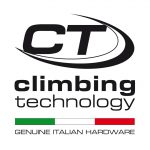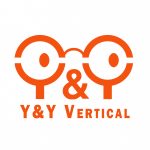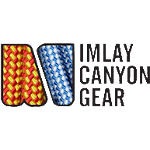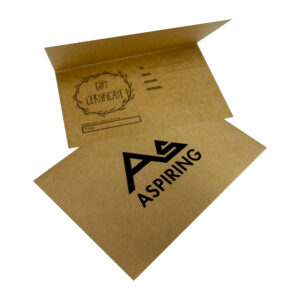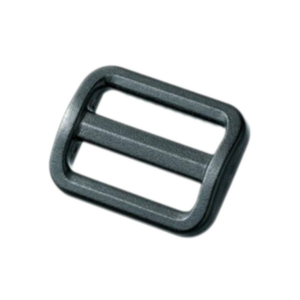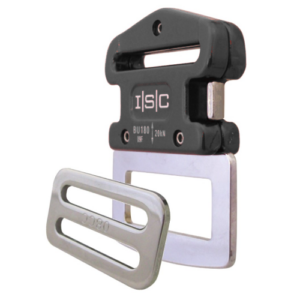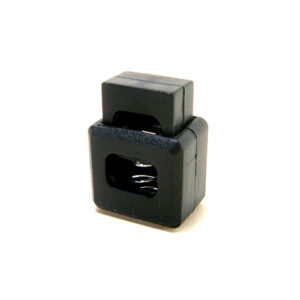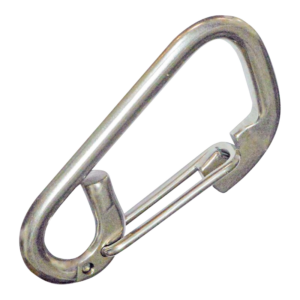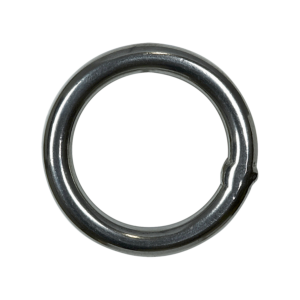In the height safety field there is a joint Australian and New Zealand standard, AS/NZS 1891.1 (2007 version). From 1999 to 2008 our height-safety harnesses were certified against the former standard, AS/NZS 1891.1 (1995 version). Although this standard is now superseded, harnesses supplied during the period when it is valid can still be used for a period of ten years.
Aspiring Safety Products has had a significant role in the development of the new height safety standard, as have represented New Zealand interests on the committee which formulated this standard since 1994.
European versus Australian/NZ Standard
There are four European standards, EN 354 (Lanyards), EN 358 (Work-positioning), EN 361 (Fall-arrest), and EN 364 (Testing), which are collectively equivalent to the Australian/New Zealand standard AS/NZS 1891.1, (2007 edition). AS/NZS 1891.1 is based on the European series of standards, and some of the requirements, such as the tests for lanyards, are virtually identical.
The European harness standard is much softer in two important aspects. For the harness drop test AS/NZS 1891.1 uses a rope lanyard made from 12mm twisted rope, whereas EN 364 specifies that the test lanyard is made from a dynamic climbing rope complying with EN 892. The use of a dynamic rope reduces the impact on the harness significantly, typically from about 16 kN to about 10 kN.
The second important difference is that although the actual drop test for height-safety harnesses is the same, there are major differences in the pass/fail criteria. In the European standards the harness merely has to retain the test dummy, whereas in AS/NZS 1891.1 there must be no breakage of components or load-bearing webbing, and no more than 20% of a stitch pattern is allowed to rupture. This makes a huge difference in whether or not a harness meets the standard.
There are a number of extra requirements for AS/NZS 1891.1, such as the webbing having to be tested for resistance to ultra-violet light, as well as specific labelling of all tested attachment points.
In summary, a harness made to AS/NZS 1891 is of a far higher standard than a European harness, and is built to suit the work environment and conditions that we face here in New Zealand.


